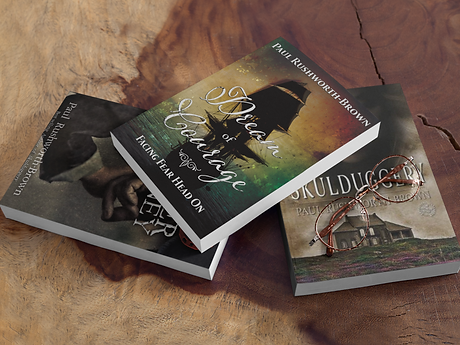
In 17th Century Yorkshire, there were over two hundred capital offences that could lead to the death sentence, many of them no more than petty theft. The popularity of using the noose to dispense with those who engaged in these crimes was at its peak.
If an adult was found stealing goods worth more than thirteen and a half shillings (£70 or a week’s wages), then there was a good possibility that they would end up visiting the gallows at Tyburn in York. A child aged between 7-14 with strong evidence of wrongdoing could also be subject to such a penalty depending on the decision of the magistrate at the Court of Assizes.
The Tyburn site was used by the Crown's justice, administered at York Castle. Its gallows consisted of a wooden triangle standing on three wooden pillars - known as the 'Three-Legged Mare'. The location was the scene of executions for more than 400 years and today is now marked by a plaque at the site.

Execution day was a big, rowdy event - criminals were a spectacle as they were driven from York Castle Prison to the gallows, sitting on top of their coffins with the noose around their necks. Special newspapers were printed to inform spectators of the names and crimes of those to be hanged and usually a large crowd would attend which would block the road leading to York. From 1830 until 1862 executions were conducted on a Saturday to allow more people to attend. Finally, the gallows were moved to York Castle itself to free up one of the major roads into the city.
In 1861 the Criminal Law Consolidation Act was passed by Parliament reducing the number of crimes for which the gallows could be used. These included arson in a royal dockyard, treason, piracy and murder.

Prior to this, hanging was carried out using the short drop method where death occurred by strangulation and not by the snapping of the neck as is believed. The law stated that the person found guilty should be hanged by the neck ‘until dead’ but often this was not an instantaneous ending. Hanging by strangulation is not immediate and in some cases the victim could be twitching and kicking for two or three minutes, sometimes longer.
In the early 1800’s the method of hanging came under scrutiny and it was believed that the ‘long drop method’ was a more humane way of carrying out the act. Rather than a long period of suffering, it was hoped that the long drop method would cause instantaneous snapping of the vertebrae in the neck, but at times this came with its own set of problems. Such as the one hour and eleven minutes it took for Canadian Antonio Sprecage to die in 1919 or the hanging of a man by the name of Goodale whose head was ripped completely from his body.
In 1885 John Lee was sentenced to hang and the attempt failed three times due to rain causing the planks in the trap door to swell and not open. John Lee’s execution was stalled and he ended up living a long life.

In Britain, it wasn’t until 1965 that hanging was suspended as the death penalty and a further four years before it was finally abolished; however, even after this hanging could still be used for treason, piracy with violence, arson in a royal dockyard and certain crimes under the jurisdiction of the armed forces. Finally, in 1999 all forms of the death penalty were no longer used in Britain after the ratification of the 6th protocol of the European Convention on Human Rights

Paul Rushworth-Brown is the author of three novels:
Skulduggery- An exciting, mysterious, fictional and historically accurate adventure pulls no punches about the life and hardships of peasant farmers living on the moors of Yorkshire in 1590.
"Was excellent reading . I intended to read it over the next week but once I started I could NOT put it down . Really enjoyed it !"

Red Winter Journey- Come on this historic journey, which twists, turns and surprises until the very end. If you like history, adventure and intrigue with a dash of spirited love, then you will be engrossed by this tale of a peasant family unexpectedly getting caught up in the ravages of the English Civil War in 1642.
"A fictional, historical novel about a loving peasant family caught up in a 1642 shocking Civil War. Humour, romance, adventure and excitement are here to enjoy. A great story.

"Dream of Courage- Soon to be released!
The much anticipated story of the Rushworth family and their journey out of poverty.
King Charles has been executed and England becomes a Republic under the leadership of Oliver Cromwell. Highwaymen, thief-takers, pirates and broggers tell
the story in this mysterious and bone chilling historical thriller.





.png)

.png)

.png)
.png)



.png)





Comments